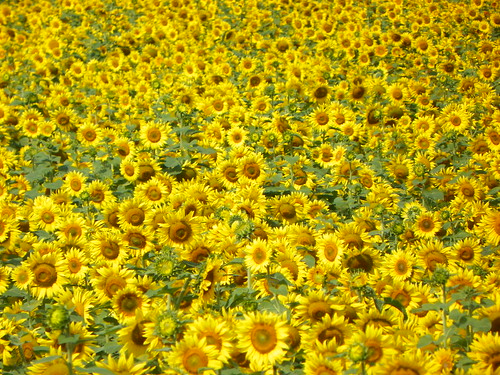
Sunflower Morning
Posted in Plant, Sunday Snapshot, tagged field of sunflowers on August 5, 2018| Leave a Comment »

Sunflower Morning
Posted in Plant, Sunday Snapshot, tagged arisaema triphyllum, Jack in the pulpit on June 3, 2018| Leave a Comment »
Posted in Plant, tagged centranthus ruber, Jupiter's beard, red valerian on July 10, 2016| Leave a Comment »
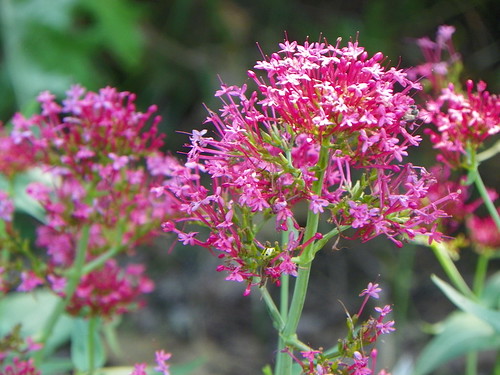
Jupiter’s Beard (Centranthus ruber aka Red Valerian)
Posted in Plant, Sunday Snapshot, tagged daffodil, darmera, forget-me-not, hellebore, magnolia, tulip, viola on May 8, 2016| 2 Comments »
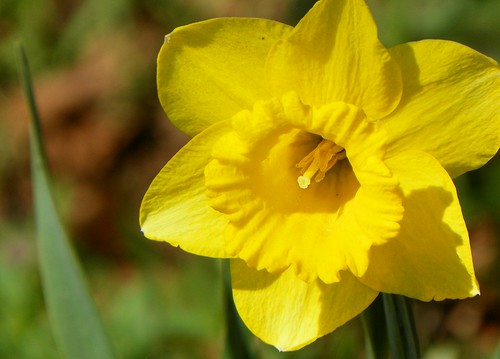
Daffodil Yellow

Forget-Me-Not Blue
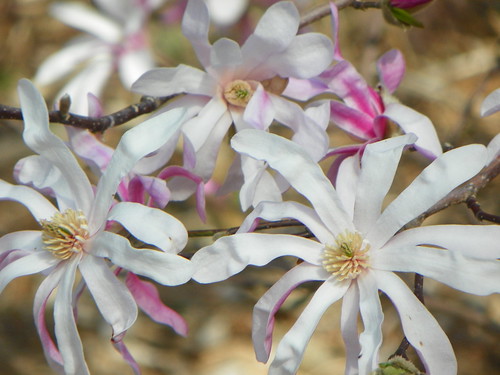
Magnolia White
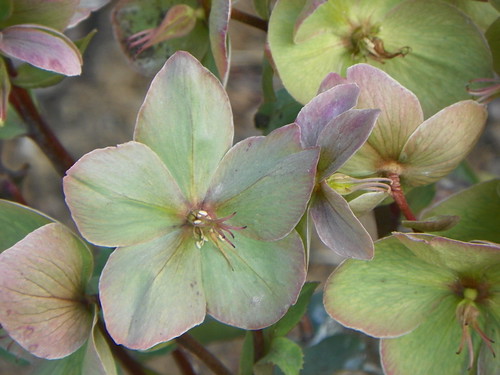
Hellebore Green

Tulip Red
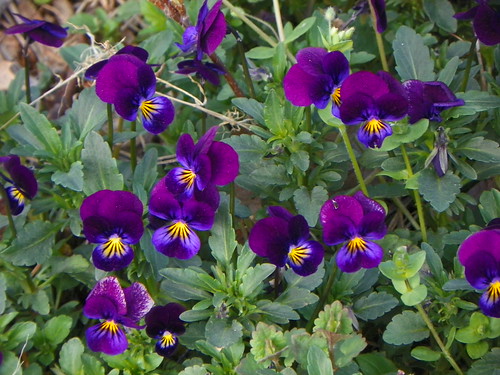
Viiola Purple

Darmera Pink
Posted in Plant, Sunday Snapshot, tagged 100-mile diet, Amaryllis on February 14, 2016| Leave a Comment »
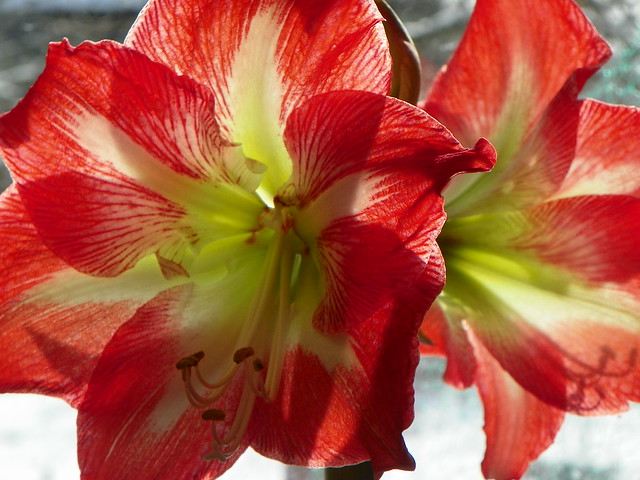
Amaryllis Minerva
Posted in Garden, Plant, Sunday Snapshot, tagged solomon's seal on May 31, 2015| 1 Comment »
Posted in Plant, Sunday Snapshot, tagged hellebores on April 26, 2015| Leave a Comment »
Posted in Plant, Sunday Snapshot, tagged pink amaryllis on March 8, 2015| 2 Comments »
Posted in Garden, Plant, tagged dog stinkhorn, green goo on fungus, mutinus ravenelii, puffballs on October 1, 2014| 3 Comments »
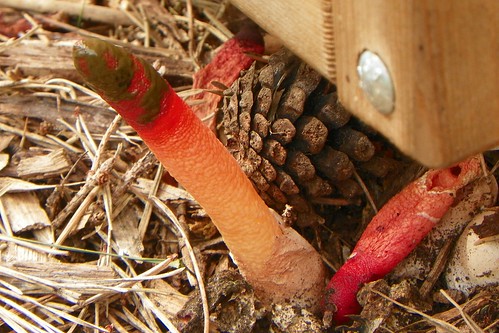
I was strolling through the garden yesterday, thinking about laying down winter mulch, when a flash of bright colour caught my eye. I leaned in closer to examine the source and found the weirdest fungus ever! A lot of mushrooms can be difficult for the casual observer to identify, but this one was easy. A quick look through my Mushrooms of Ontario and Eastern Canada guide by George Barron revealed it to be Dog Stinkhorn (Mutinus ravenelii).
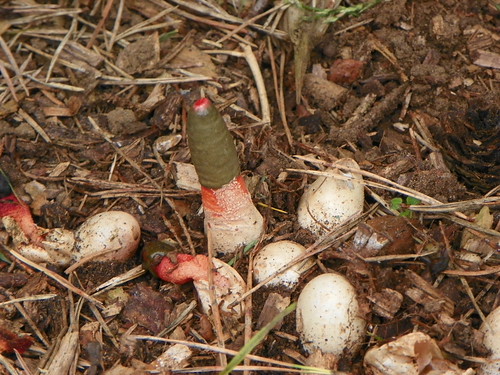
Dog Stinkhorn is a member of the puffball family. At their outset, the egg stage, stinkhorns resemble their puffball relatives. The spherical fruitbodies contain a gelatinous layer surrounding an olive-green spore-mass that covers the head of the stinkhorn. At maturity, the egg wall cracks and a column expands to form a support stalk.

The gelatinous layer mixes with the spore-mass to form a malodorous, sugary goo. The odour attracts flies, who arrive to feed on the sweet substance and subsequently carry away the sticky goo, including spores, to other likely sites. At the end of the day, the stalks wilt.
This was my first experience with Dog Stinkhorn, but it is listed as common and widespread. It fruits in rich soil in gardens and woods.
